
Category:
Time:
This presentation will discuss factors affecting the safety and quality of ambient stable milk products. These are commercially sterile, with a minimum shelf life of 6 months at ambient temperature, thereby avoiding refrigeration.
Traditionally, milk was sterilised in glass bottles with crown corks. Other containers are plastic bottles and sachets, tin cans and flexible pouches. Sterilised milk is brown and has a recognisable cooked flavour.
UHT processing was introduced over 60 years ago. This is a continuous process using temperatures greater than 135o C for a few seconds. The product is packed aseptically.UHT processes results in less chemical change compared to in-container sterilisation. UHT milk is also whiter than raw milk.
UHT processing can be applied to any product that can be pumped through a heat exchanger.
UHT processes can be indirect and direct. These processes will be compared and contrasted and
methods for evaluating UHT plant performance will be discussed, such as Fo values, B* and C* values.
Heat stability is a major challenge in UHT processing. Its adverse effects are heat exchanger fouling and sediment formation in the product. The main determinants of heat stability are pH and ionic calcium. Methods for measuring and improving heat stability will be discussed, as well as differences in heat stability found when using UHT and in-container sterilisation. The roles of the alcohol stability test for predicting heat stability and incorporating a heat stability tube to extend processing times will be explored.
UHT products are typically stored up to 12 months. The wisdom of longer storage times will be discussed and the major factors affecting quality changes during storage and their temperature dependence will be summarised.
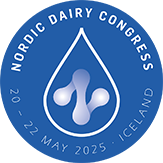













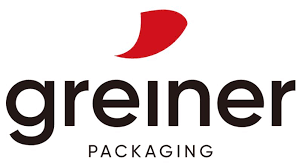
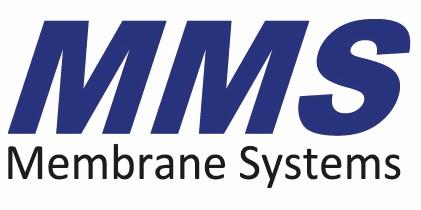


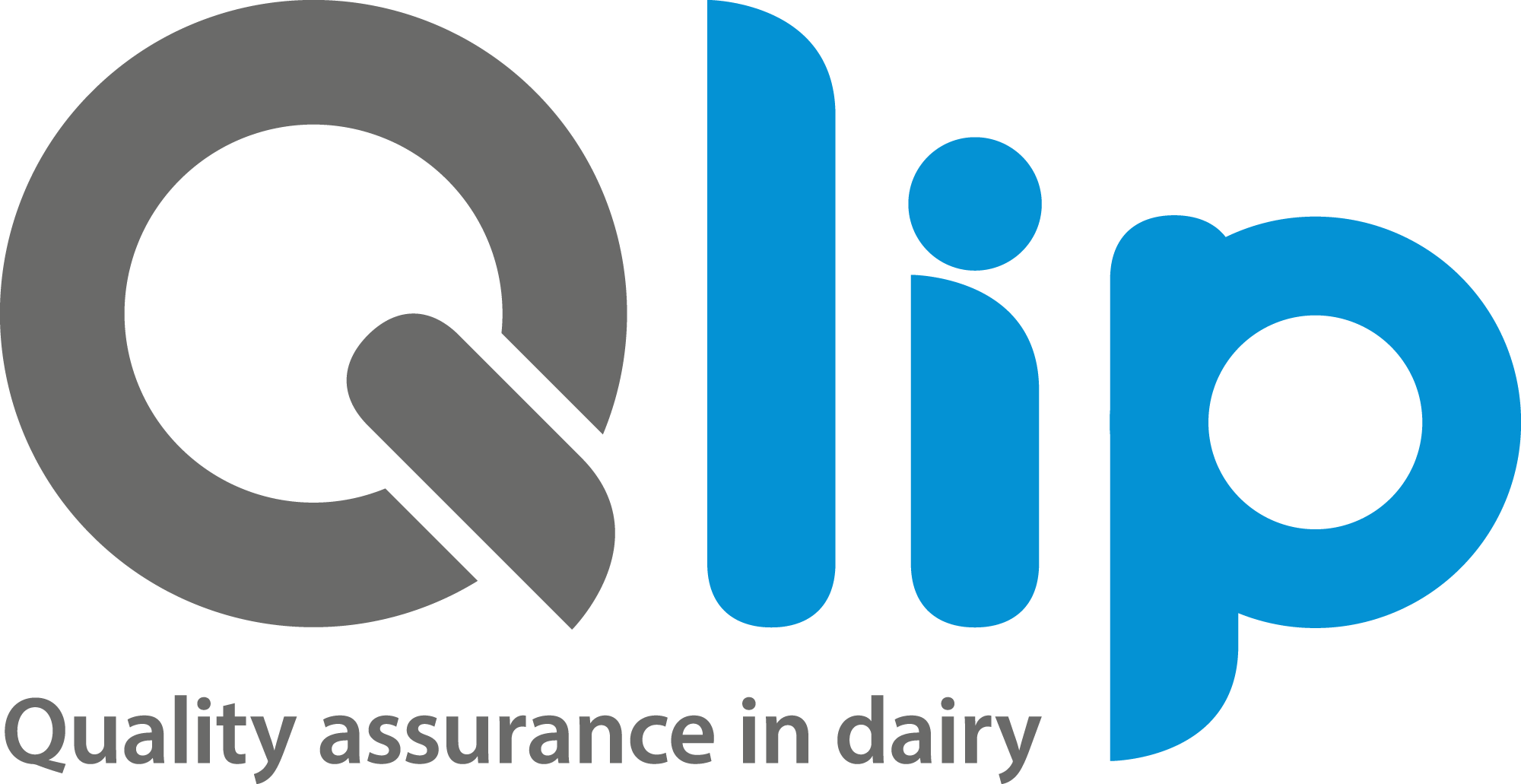
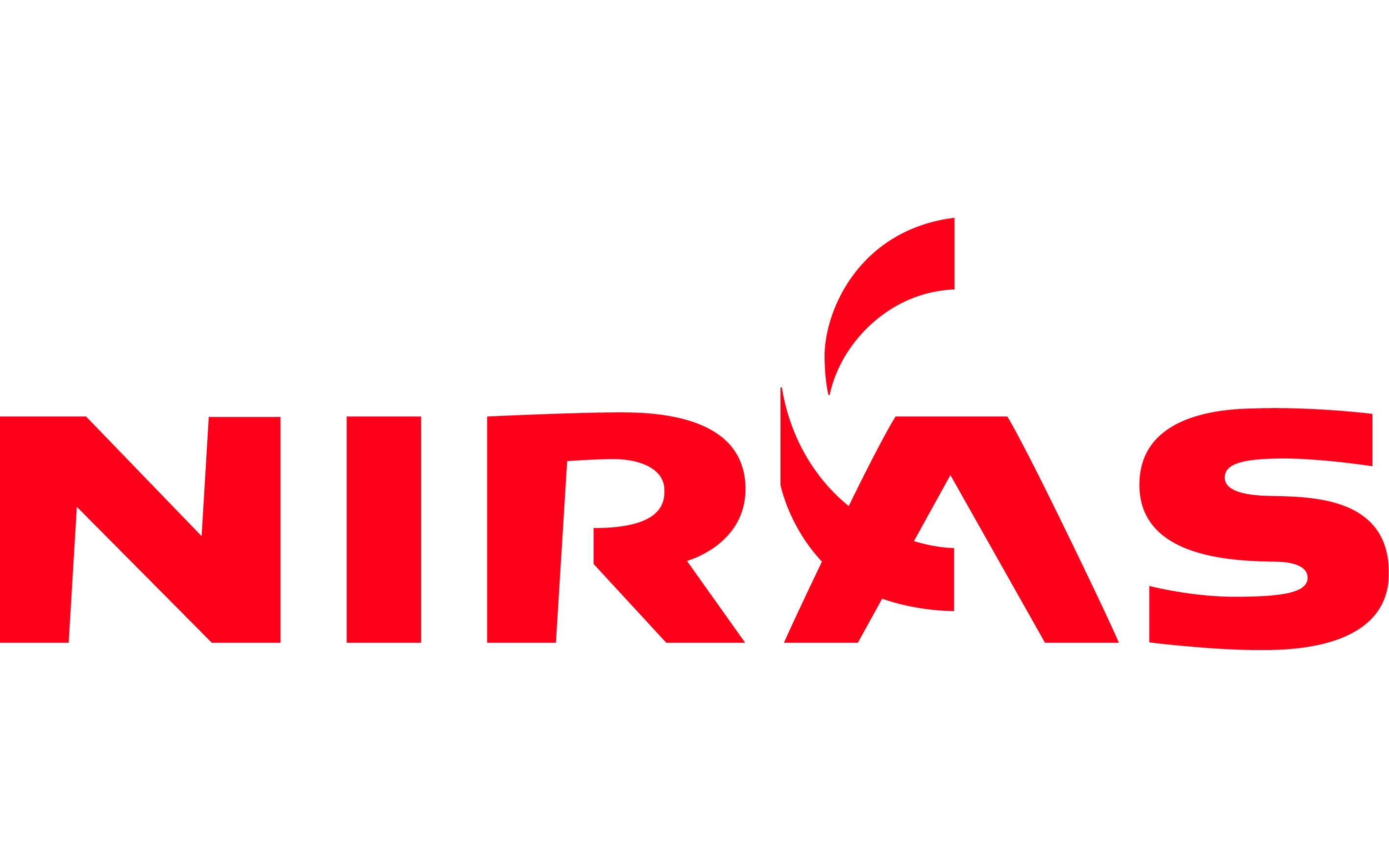









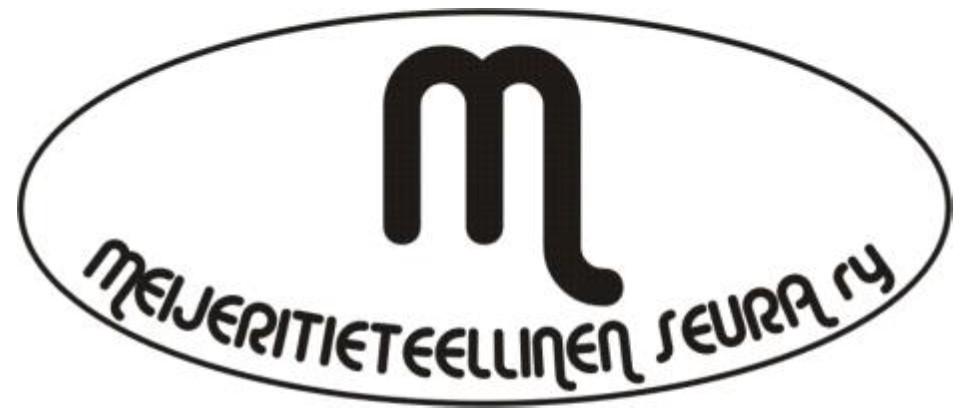
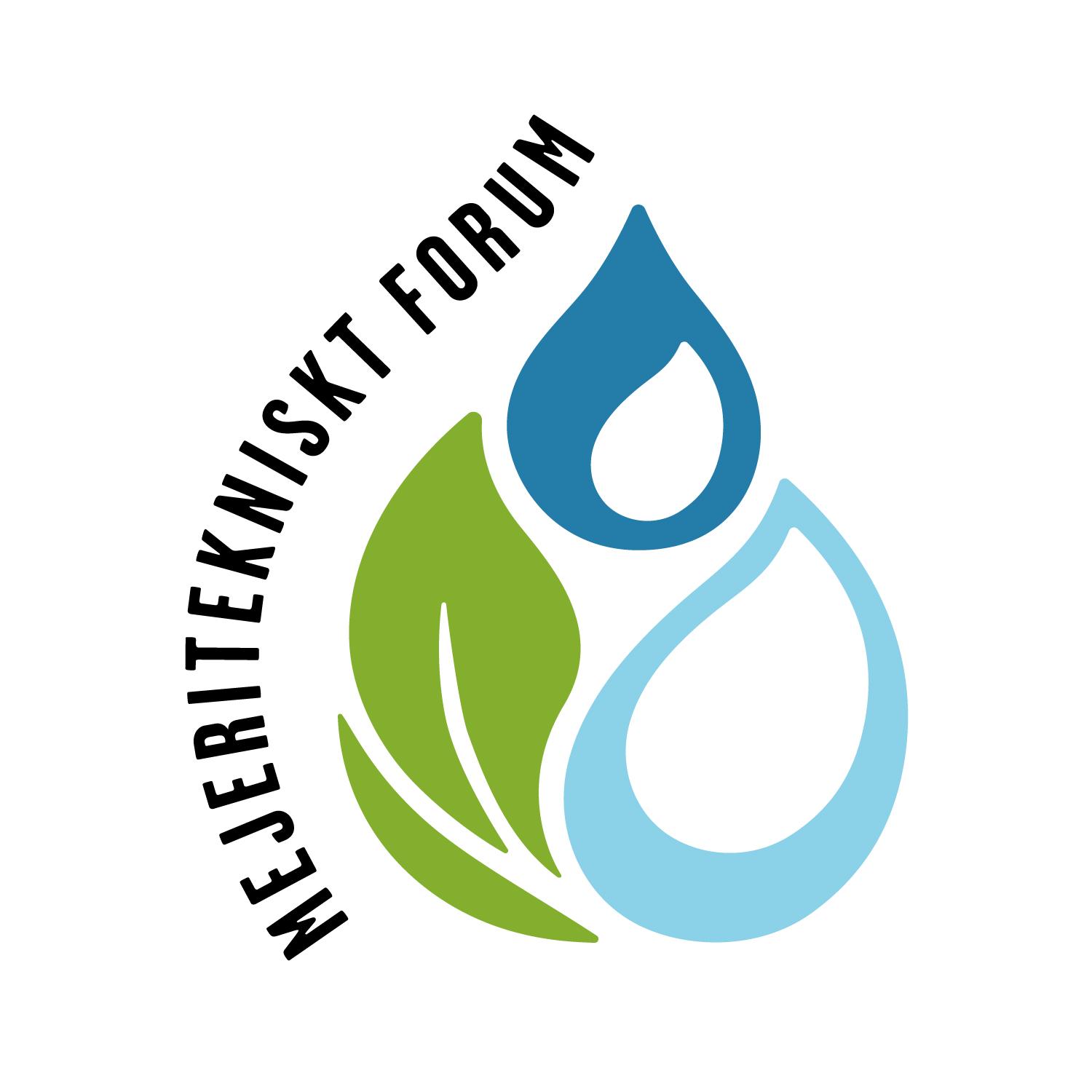

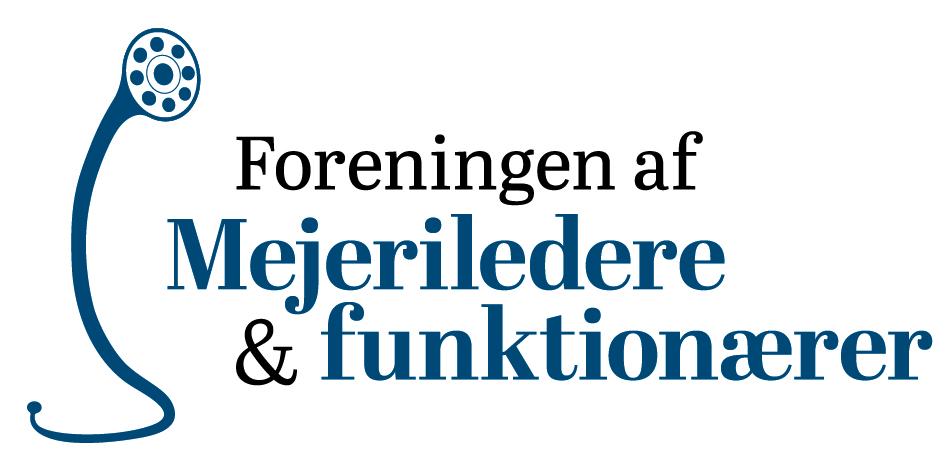



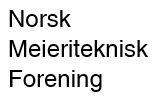
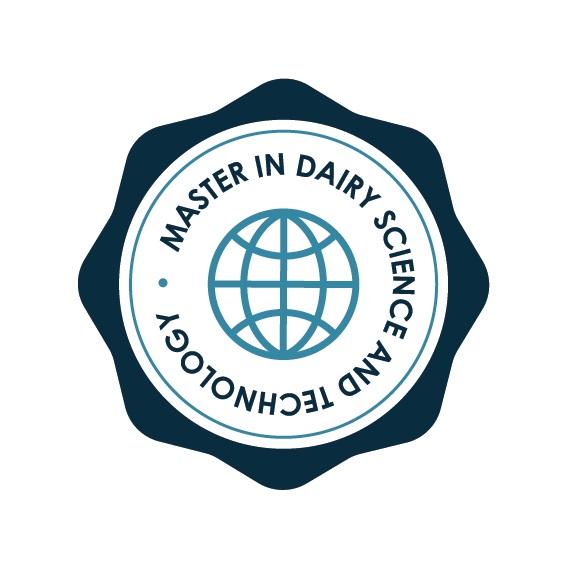


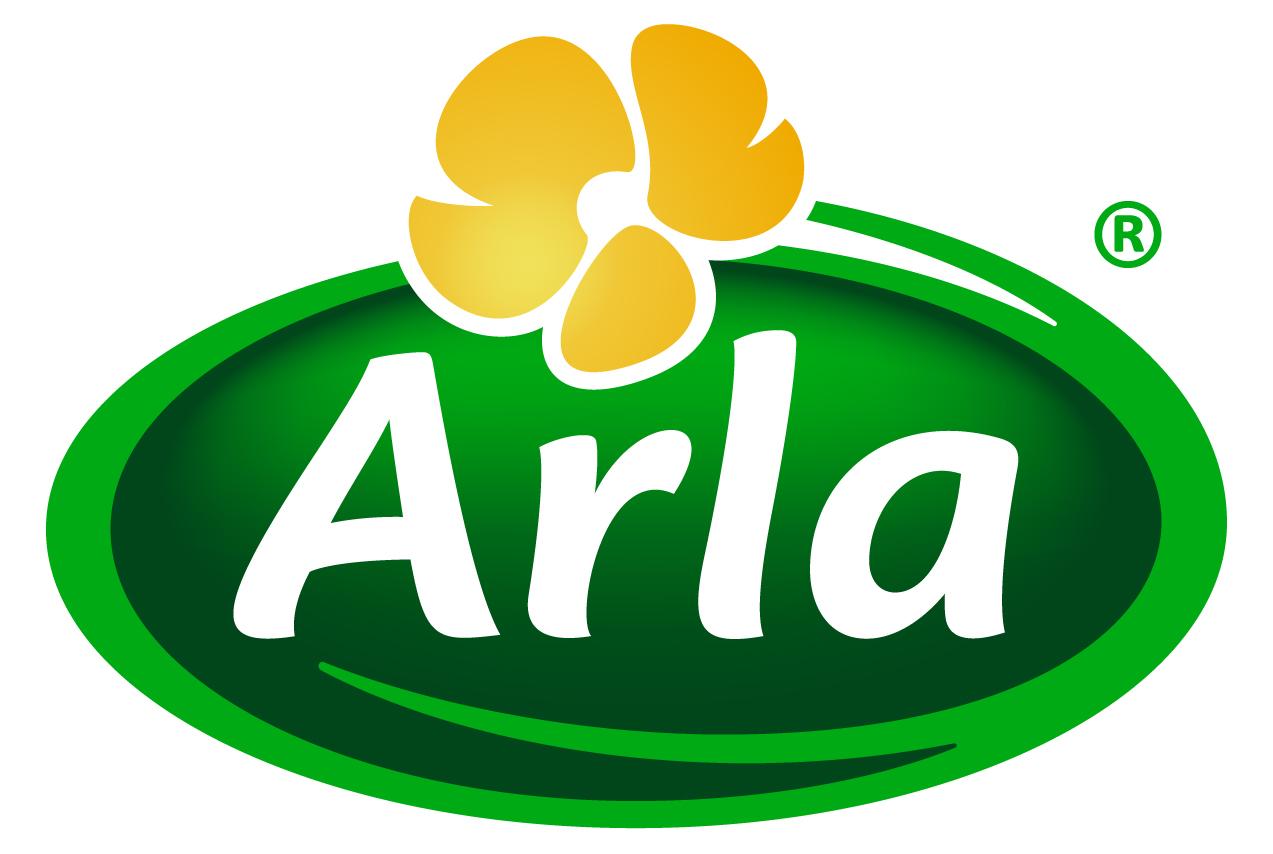

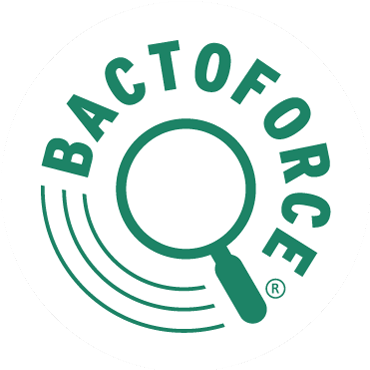

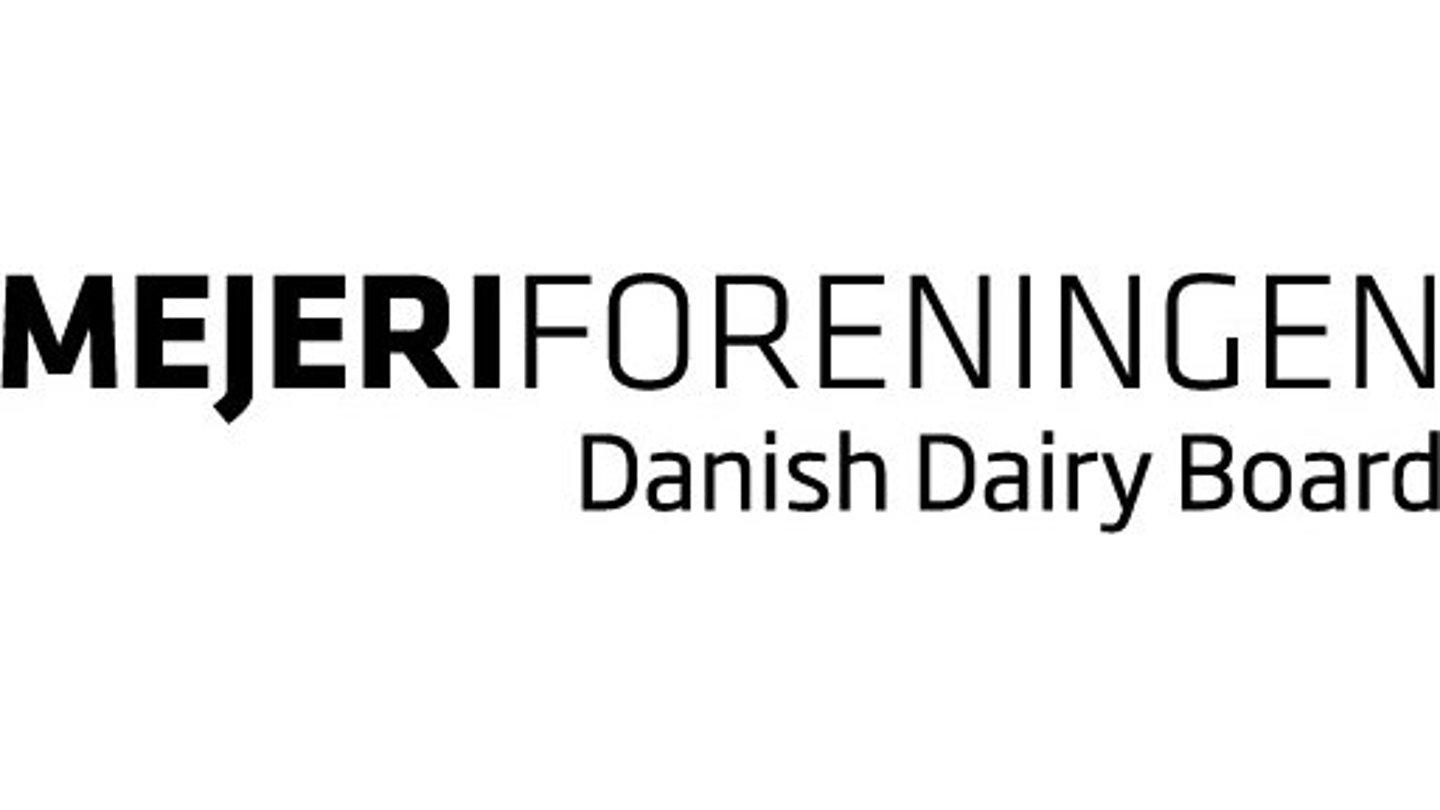
 Munkehatten 28
Munkehatten 28